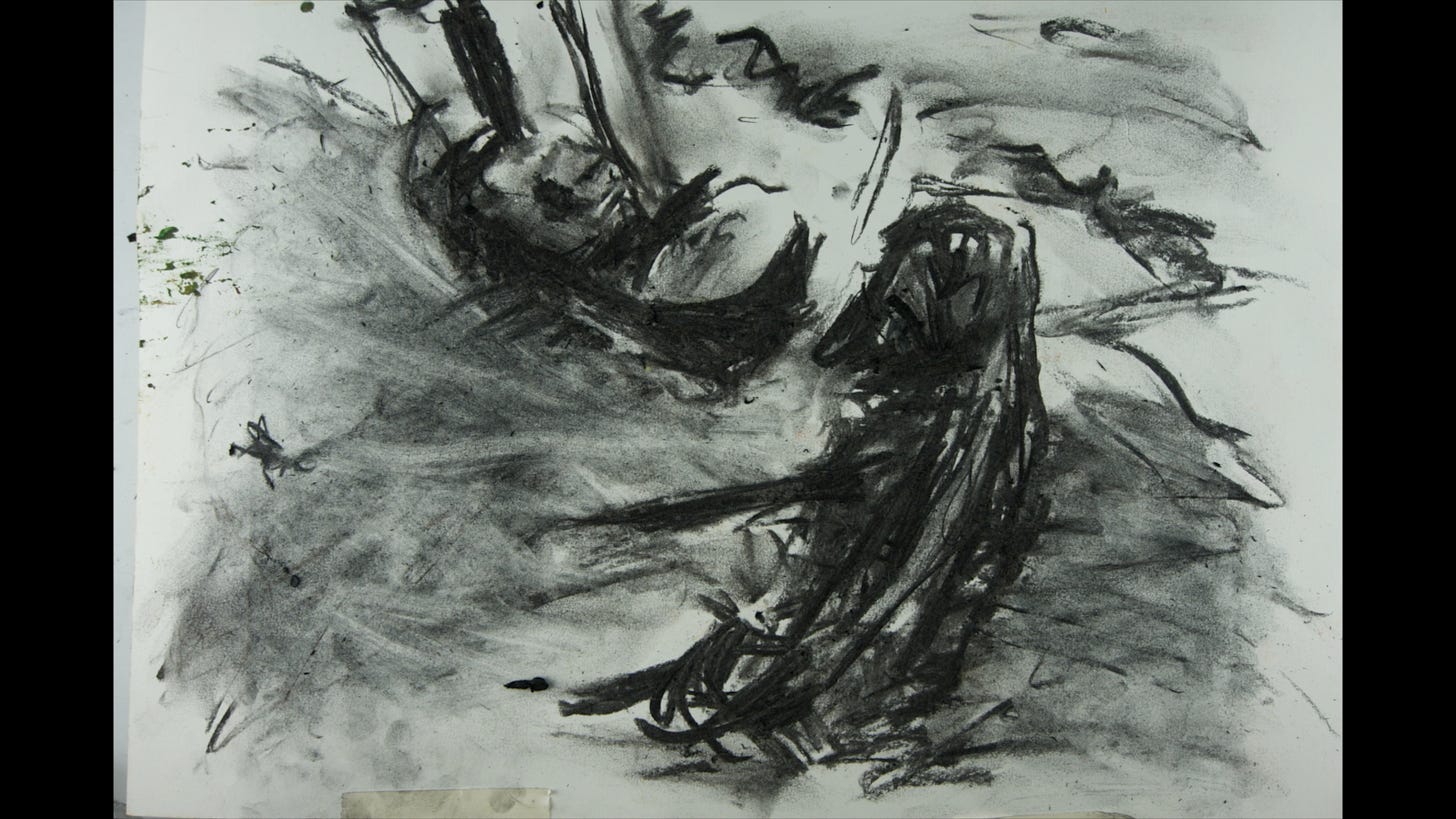Peace Talks- meeting the Russian Propanda, even left in a small towm village in the Soutwest
INTERVIEW WITH JOAS NEBE @ „x“-Art Journa
l
This is an interview that an art magazine offered me. However, the art magazine withdrew their agreement to publish it after the editors and publishers read my responses. This happened in June 2024. Today, I am publishing the responses, to which I hold the copyright since I never transferred it to the magazine, with abstract headings instead of the original questions, as the responses seem too important to me in relation to my “PeaceTalks” project to suppress them.
“What was the inspiration to begin the profound and inspiring ‘Peace Talks’ project?”
-Of course, there is the senseless war of Russia against Ukraine. Putin’s war is just a continuation of the Russian Empire’s attempts to subjugate the Ukrainians and seize their land. Under Stalin, to name just the most prominent historical example, there was an attempt to exterminate the Ukrainians through starvation, known as the Holodomor. The Soviets even killed birds back then so that the Ukrainians could not feed on them.
“The statement of the ‘Peace Talks’ project is that war lasts longer than the general perception.”
-The cruelty and brutality carried out in the name of some ideological concepts, which perhaps only mask the inherent cruelty in humans, cannot be depicted.
Why does someone brutally murder a neighbor? Why do Russian soldiers torture Ukrainian civilians? The answer is because they have a political agenda to which they can refer. This political agenda will always be present, even if it manifests differently, as long as there are wars. And how does one depict the political agenda, which is so abstract? Through an abstract pattern, a mandala, because political agendas operate on an abstract level.
“How do you create the distinctive visual style characteristic of the project?”
-The basic principle is a stop-motion film that I use as a starting point. In the stop-motion film, themes such as violence, destruction, death, and disaster are shown. The stop-motion film is intended as the first stage of a three-stage journey for the viewer. The images from the stop-motion film are processed through a video filter and divided into four different versions. Then, two of the stop-motion videos from the second level are layered on top of each other according to the principle 1, 2, 3, 4, 1-1, 1-2, 1-3, 1-4, 2-1, 2-3, 2-4, 3-1, 3-2, 3-4 etc.
“Why do you depict the side effects of war over multiple generations?”
-I am a child of parents who were traumatized by the Second World War. My father, as a minor, was taken by the Russian army to a children’s camp behind the Ural Mountains and held there for years, even though he belonged neither to the Wehrmacht nor the Volkssturm. My father kept a diary during the first weeks of his flight.
My mother had to flee from Königsberg with her mother and sister after Hitler declared Königsberg a ‘fortress’ and the Russians simply overran the so-called fortress which actually was nothing else than a big modern city. My grandparents and their daughters had led a peaceful life in a suburb of Königsberg until the capture of Königsberg. My grandfather was an architect, employed in a large architectural firm in Königsberg. During the war, he was drafted into the Technical Relief Organization due to his knowledge as an architect and initially had to retrieve corpses from the cellars of major cities like Berlin and Hamburg destroyed by bombings, and later also in Königsberg.
As the front drew closer, he forced my grandmother to flee with their two daughters by threatening to shoot himself. My grandmother never forgave my grandfather for this. My grandfather was arrested by the Russian troops and deported to Siberia, where he was held as a long-term prisoner for over 10 years. As an architect, he was useful for the reconstruction of the Soviet Union.
During the war, my mother developed a severe anxiety disorder after being buried during a bombing raid on Königsberg. She managed to control it in daily life, but it would resurface in severe nightmares and especially when she had to stay alone.
My father had periods when he withdrew from the world and communicated with no one except those he dealt with in his work as a pastor or doctor. As a child, I always felt the need to support my parents because I sensed that they were deeply traumatized.
(a transcirpt of the answers sent to the Art Magazine, declined by the editior)
In political negotiations, whether in peace talks or any other type of societal-level conflicts of interest, a lot of abstract political constructs and theories play a crucial role.
Rarely is it about the human misery caused by a war or an extreme political decision. It is often about the victory of one political conviction over another, more or less supported by more or less sophisticated political theories.
The Peace Talks installation series visualizes this abstract momentum.
https://joasnebe.art/home/graphite-animation/




